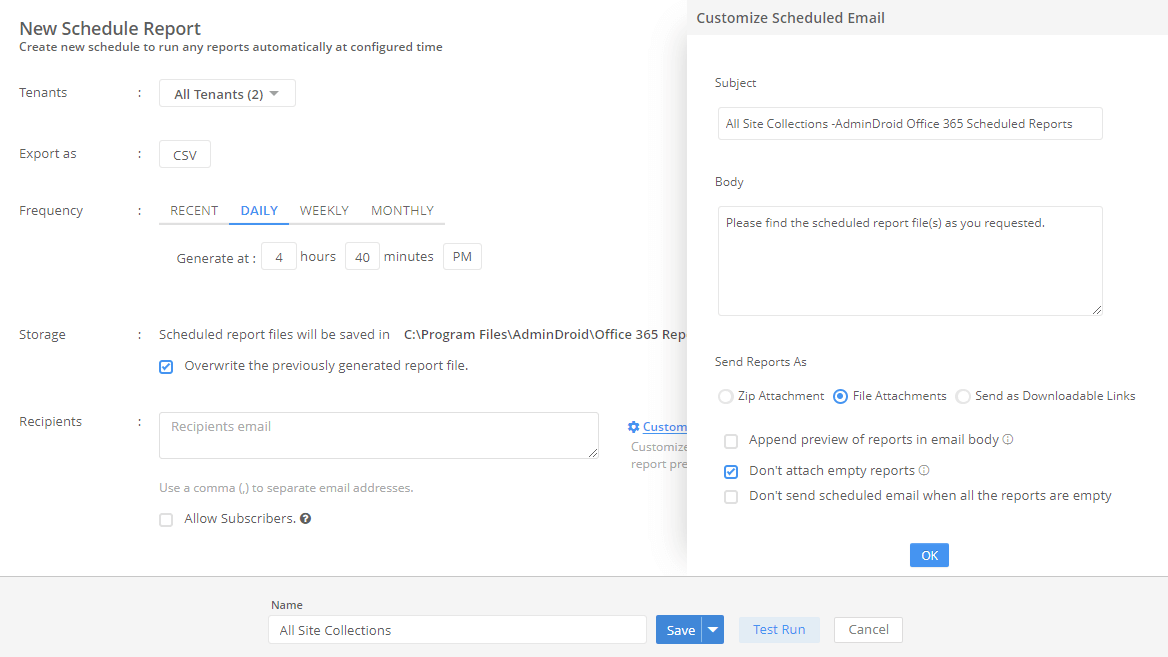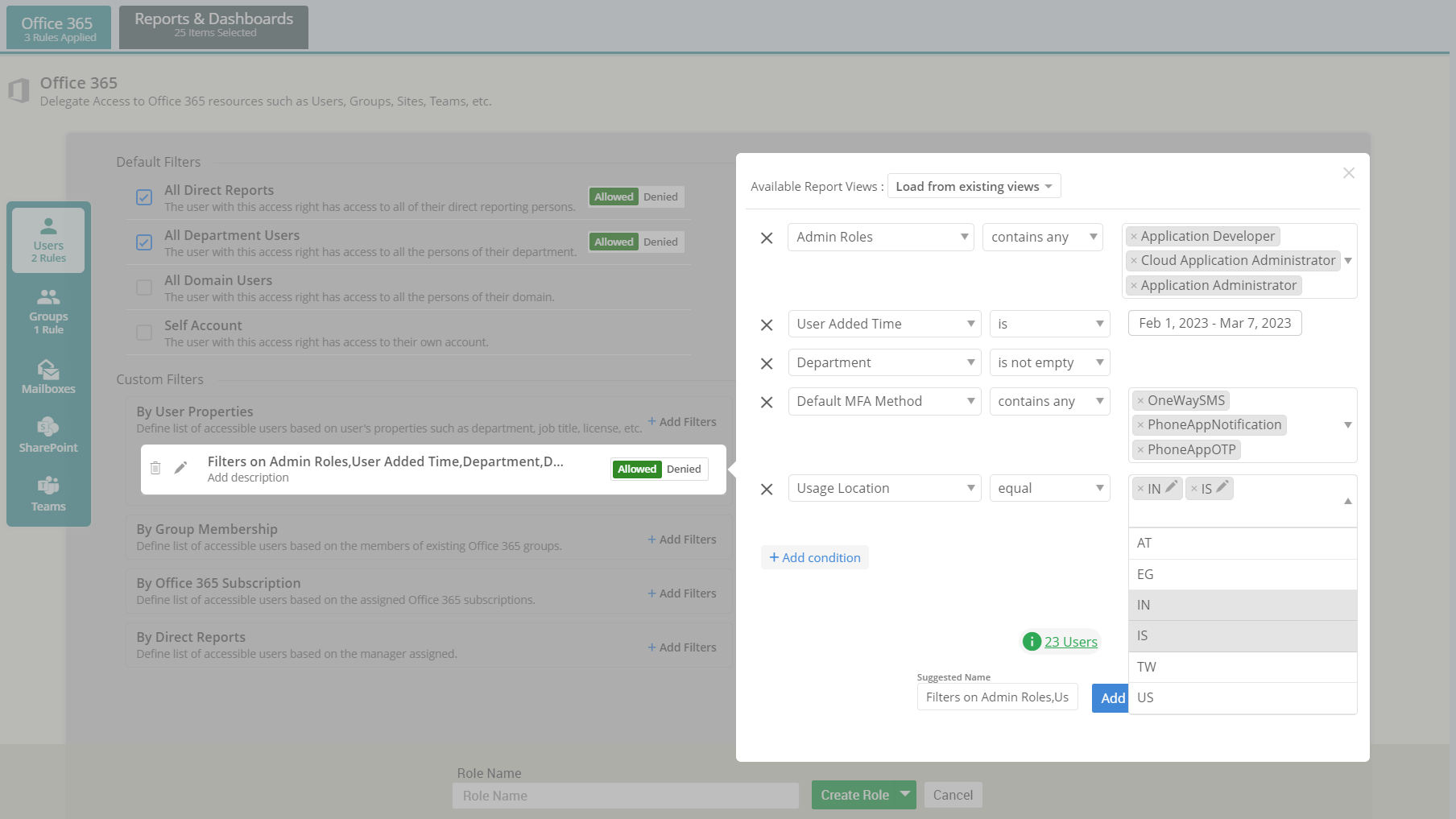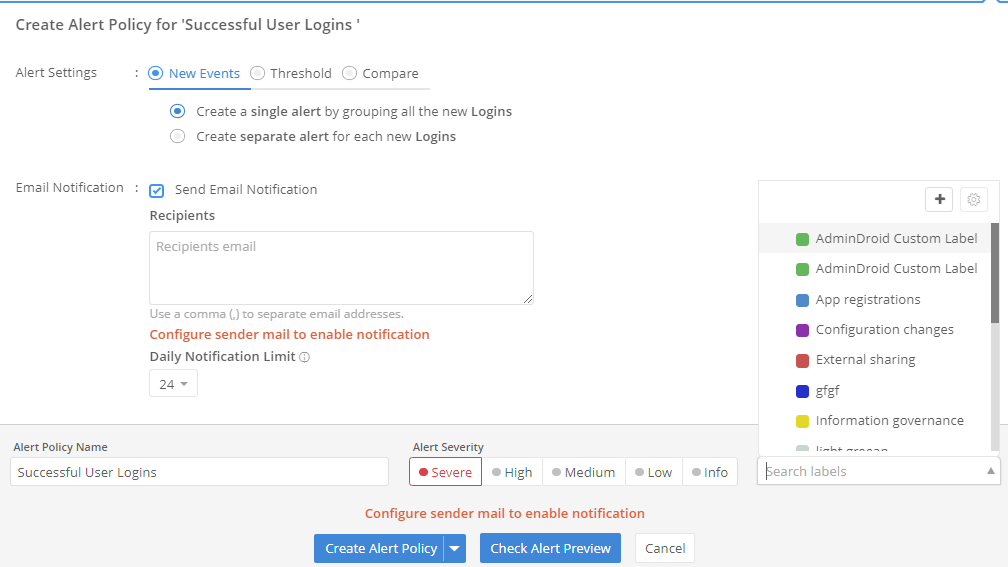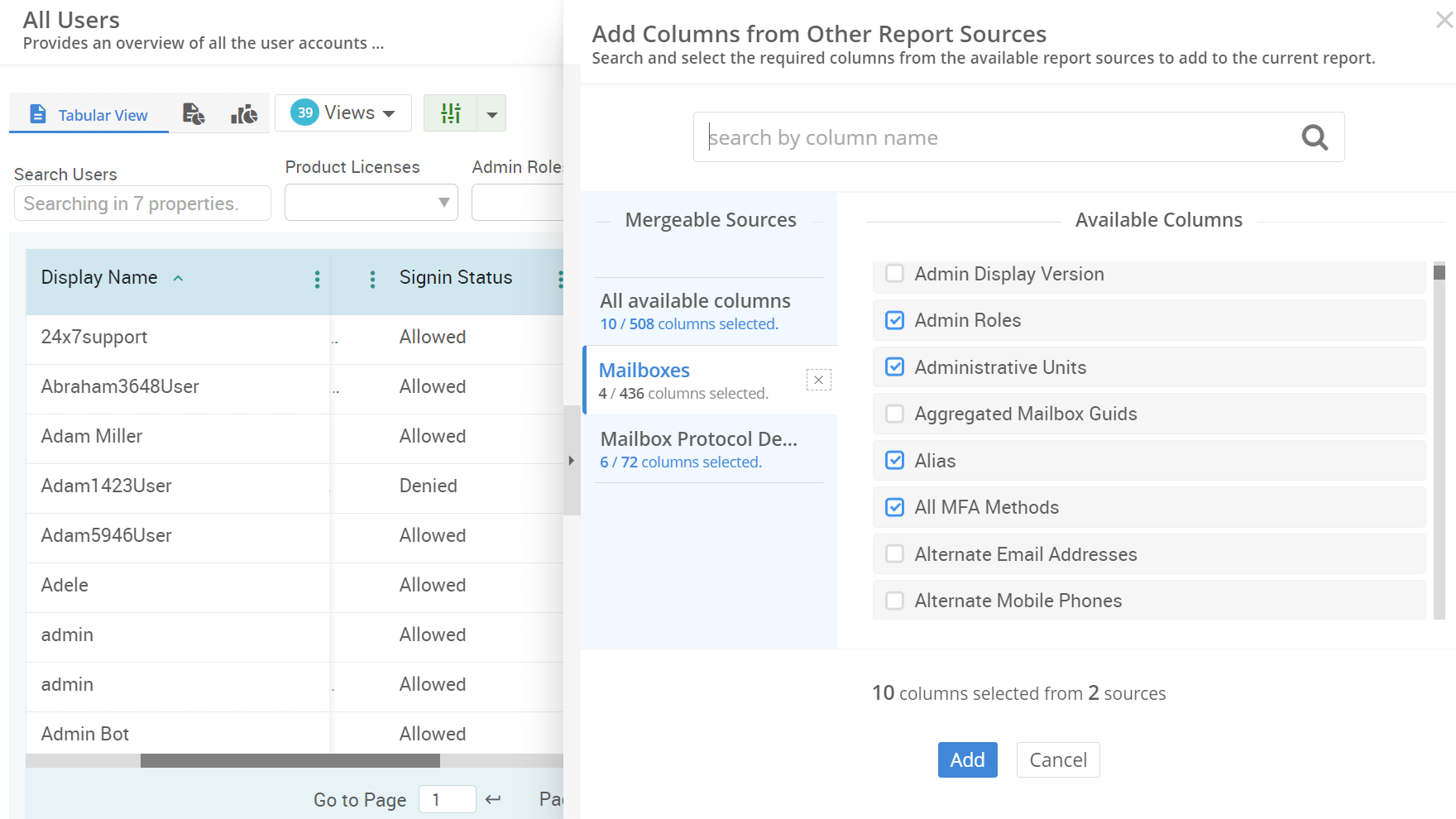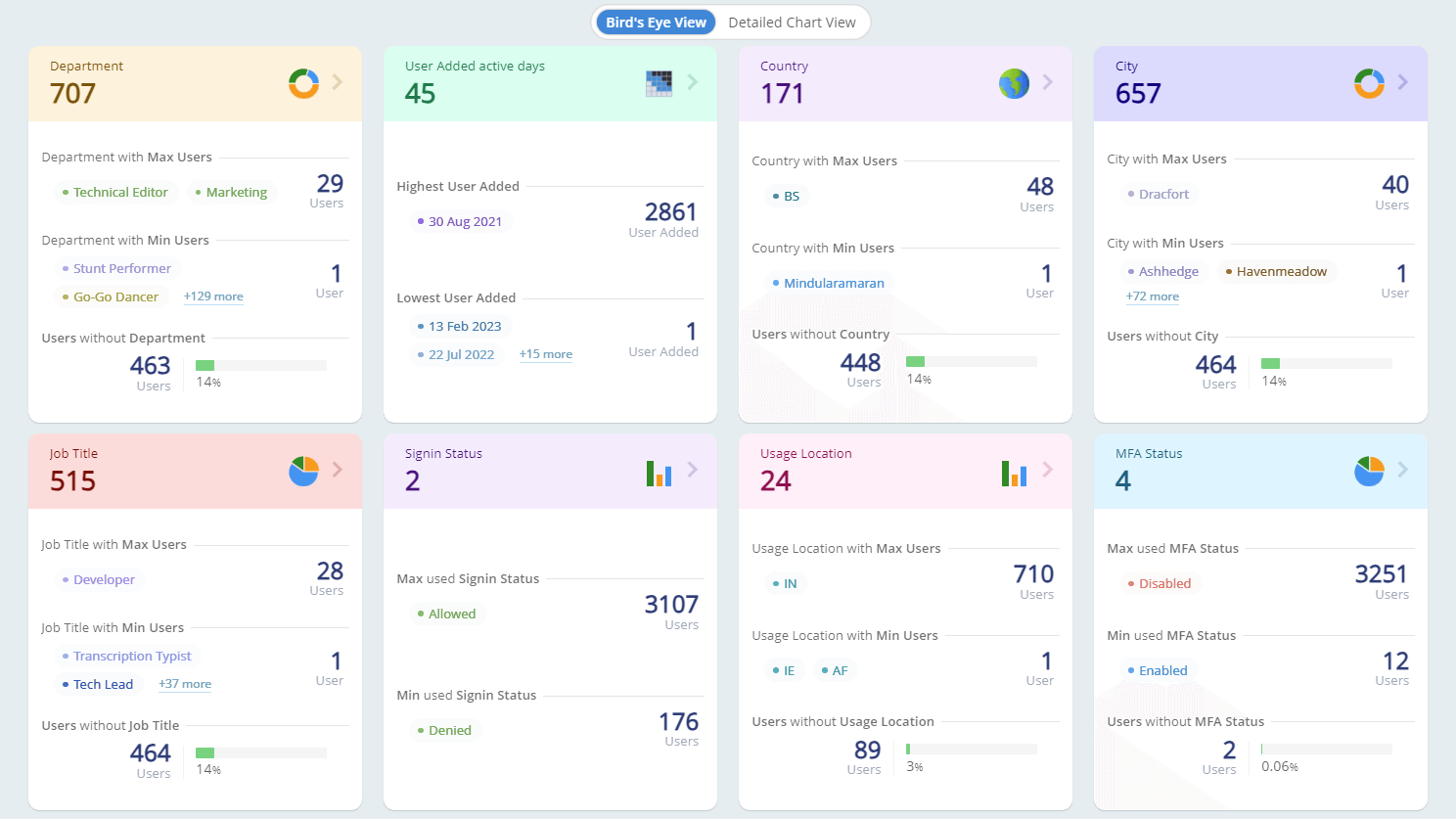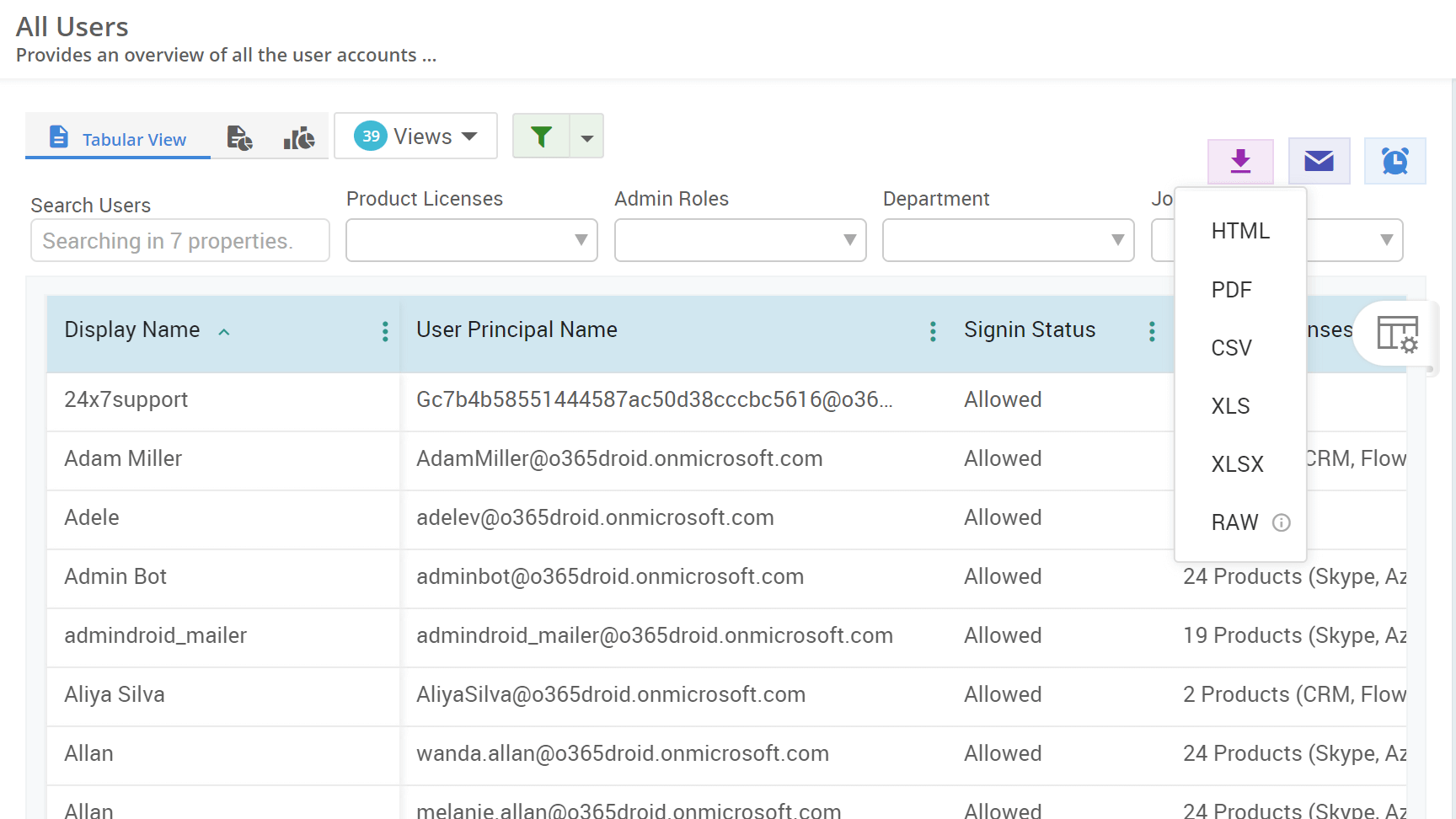1. How to see who has viewed or accessed a file on SharePoint Online?
Monitoring file access on SharePoint Online helps track who views documents, ensuring that only authorized people see important information. By default, SharePoint does not display extensive metrics, but site owners can activate a specific site-level feature to see users who have accessed files.
Enable SharePoint Viewers Feature
- Navigate to the desired SharePoint Online site.
- Click on Manage site features under Settings»Site information»View all site settings»Site Actions.
- Click Activate next to the SharePoint Viewers feature.
- After activating this feature, site members and admins can see the file viewers' statistics by hovering over a file.
Disable File Viewers’ Names
- Navigate to Policies»Sharing from the SharePoint Online admin center.
- Under Other settings, uncheck the "Let site owners choose to display the names of people who viewed files or pages in SharePoint".
- Now, site admins and members can only see the number of views on the file. But they cannot view the users who accessed the file.
PowerShell Script to Find File Viewers
- Download and execute the given script below to audit file access in SharePoint Online.
- You can use this script to track recently accessed SharePoint files, files accessed by external users, and list of files accessed by a specific user within a custom timeframe.
Transform your SharePoint Online security approach with AdminDroid's file access report!
- Just navigate to Audit»SharePoint»File Access Activities in AdminDroid to find the SharePoint file access history report and SPO file access by admins report under 'All Admin Activities'.
- Handy Tip: Use the Accessed File easy filter to view all access activities on important files.
3. How to manage file version history in SharePoint Online?
SharePoint Online offers co-authoring on files, allowing multiple users in your organization to contribute to a single file simultaneously. Therefore, it's crucial to track changes to ensure that important information in these documents is not modified. With SharePoint Online version history settings, you can monitor changes and restore critical versions.
You can see the file history in SharePoint Online by following the steps below:
- Navigate to the Site contents page from the desired SharePoint site. Then, select the library or list where the file is located.
- Right-click on the file and select Version history. In the pop-up window, hover over the desired version’s 'Modified date' and click the arrow icon next to the date.
- For all file versions except the latest, you have the option to View, Restore, and Delete, while the latest version only shows the options to View and Restore.
- To restore the previous version of a file, click on the Restore option. However, to perform any other operation, click on View.
- The available actions include managing the file copies, sending notifications, checking out the file, or creating a workflow.
Note: The available options may differ for the latest and earlier file versions.
In SharePoint Online, enabling "Require Check Out" ensures users check out the documents before editing and check-in them after modifications. If users forget to check-in, the files become "Files with No Checked-in Version" and are only visible to the uploader, disrupting collaboration. Managing these files is essential for collaborative access.
You can take control of these no checked in version files and make them checked-in.
- Navigate to the site where "no checked-in version files" are located.
- Go to Settings»Library settings»More library settings, and click on Manage files which have no checked-in version under Permissions and Management.
- Select files you want to take ownership of and hit the Take Ownership of Selection button at the top.
- After taking ownership, documents are removed from this section and appear in the document library or list where they were uploaded, remaining visible only to you until they are checked-in.
- Once you checked-in the file, it will be visible to all the site members.
Master your SharePoint document lifecycle with AdminDroid's file version control reports!
- Proactively manage document lifecycles and enhance collaborative workflows with the help of AdminDroid's detailed reports on checked-out and checked-in files in SharePoint Online.
- Pro Tip: Start by using the checked-out files report to track who has checked out and edited the documents. Then, use the checked-in files report to ensure the documents are properly checked-in after modification.
4. How to track file uploads in SharePoint Online?
Tracking file uploads in SharePoint Online is essential for effective storage management. When users upload multiple files or unusually large volumes, it can significantly increase site storage and impact overall efficiency. By monitoring file uploads, you can identify the users responsible and take proactive measures to manage storage capacity.
Here are the steps to monitor file upload activities in SharePoint Online.
- Connect to Exchange Online PowerShell using the cmdlet below.
- Execute the following cmdlet to export the SharePoint Online file upload audit data to a CSV file.
Search-UnifiedAuditLog -StartDate <MM/DD/YYYY> -EndDate <MM/DD/YYYY> -Operations FileUploaded | Export-Csv -Path <Location>
File upload size limitation
In SharePoint Online, the file upload size limit cannot be changed.
- The maximum file upload size limit in SharePoint Online is 250 GB per file.
- Document libraries and lists in SPO can hold up to 30 million items.
- Each SharePoint Online site collection can be up to 25 TB in size.
Note: However, you can increase the maximum file upload size in SharePoint Server.
Moving and copying files across sites
When moving or copying files across SharePoint sites, make sure to:
- Keep the total file size below 100 GB.
- Limit the number of files to 30,000.
- Ensure OneNote files are under 2 GB and other files under 15 GB.
Harness the power of AdminDroid's detailed file upload activities audit report to detect and prevent unusual file uploads!
- Simply navigate to Audit»SharePoint»File Management Activities»Uploaded SharePoint Files to see all the SharePoint file upload activities in one place.
- The report consists of file uploaded time, name, extension, username, IP address of the user, etc.
Handy Tip: Use Uploaded by graph to find the users who are responsible for unusual number of file uploads and to manage storage consumption.
5. How to restrict users from downloading files in SharePoint Online?
Preventing users from downloading files ensures that they are not modified outside your SharePoint Online environment, maintaining the integrity of important data. It also helps manage network bandwidth, especially where large files are frequently downloaded.
Follow the steps below to stop users from downloading files.
- Connect to SharePoint Online PowerShell using the cmdlet below.
Connect-SPOService –Url <AdminCenterURL>
- Run the following cmdlet to block downloads for all users in a SPO site.
Set-SPOSite –Identity <SiteURL> -BlockDownloadPolicy $true
Note: You need a SharePoint Premium license to use the block download policy for SharePoint sites.
Alternatively, you can create a custom permission level to enforce similar restrictions without needing a Premium license.
- Navigate to the desired SharePoint site, then go to Settings»Site permissions»Advanced permission settings.
- Click on 'Permission Levels' from the top and then select Add a Permission Level.
- Select the View Items and View Application Pages under List Permissions, then hit the 'Create' button.
- Now, go to the Advanced permission settings page again and select the user or group to block downloading.
- Hit the 'Edit User Permissions' option on the top and then select the permission you have created.
- Click the 'OK' button.
Note: You must be a site owner to access the advanced permission settings page.
Gain granular visibility into file download activities within SharePoint Online using AdminDroid!
- With the SharePoint file downloads report, you can easily identify internal company documents downloaded by unauthorized users and reduce the time spent on navigating through native audit logs.
Handy Tip: You can monitor who downloads confidential files by reviewing the Downloaded By column and restrict future downloads for those users if necessary.














